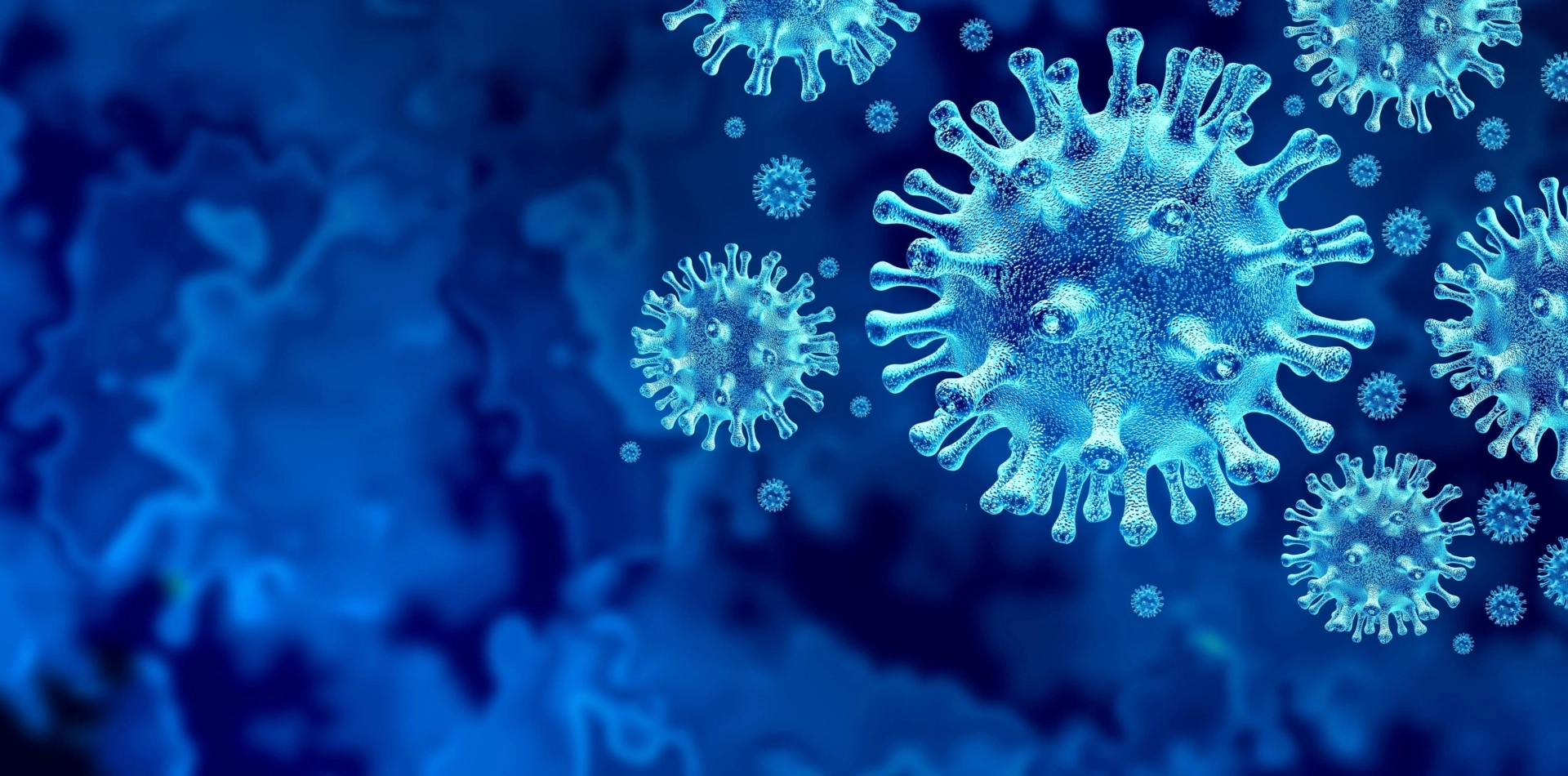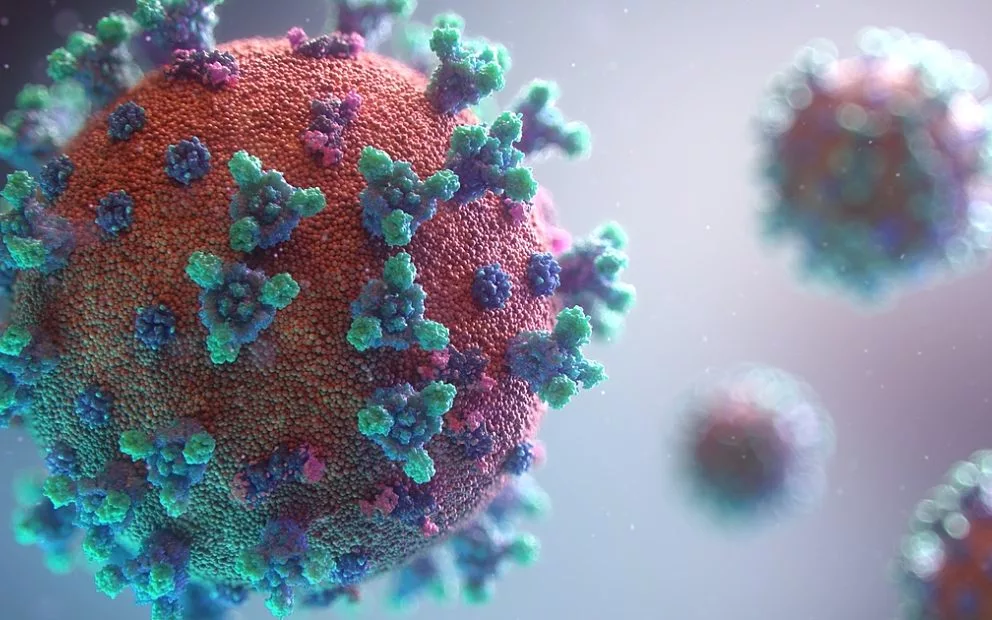The SAHMRI-based Health Policy Centre, led by Professor Caroline Miller, is on the front line of the COVID-19 response, collaborating with the Commission on Excellence and Innovation in Health and Health Translation SA to gather and assess the best evidence in response to a variety of questions about COVID-19.
Definitive findings on issues around COVID-19 are inherently difficult given this specific virus was only discovered recently. Despite this obstacle, Professor Miller’s team gathers whatever evidence is available on each topic, synthesises this evidence and presents its findings to South Australia’s COVID-19 Taskforce so it can plan and make decisions armed with the best available knowledge. The evidence updates can also be used to inform national policy and response.
Below are summaries of some of Evidence Updates the collaboration has produced so far. PDFs of each complete Evidence Update are also available.
Should schools remain open?

The question of whether it is safe and appropriate for children to continue attending schools has, and continues to, cause debate.
This Evidence Update addresses the way COVID-19 seemingly affects children differently to adults, the modelling of how school closures would affect community transmission and parallel considerations such as the impact of school closures on caring duties, particularly for health care workers and elderly relatives.
Third Edition (2 May 2020)
There is considerable community interest in the question of whether schools should remain open. Since Professor Miller’s team’s first assessment of this question on 26 March, available evidence on the topic has increased, as has the evidence about the virus’s behaviour, particularly in children.
This evidence update looks at various factors including disproportionately low incidence of COVID-19 in children globally, relatively few cases of child-to-adult transmission and the absence of virus clusters in Australian schools.
DOWNLOAD
Does cancer treatment affect the risk of COVID-19 infection?

There is a concern that people whose immune systems are weaker because of age, medical conditions or treatment such as chemotherapy could be at greater risk of contracting COVID-19 and suffering more severe symptoms.
This Evidence Update focusses on the infection risk to people undergoing immunosuppressant cancer treatments. It investigates the effect of the treatment itself as well as parallel factors such as the need to regularly leave isolation to visit hospitals and clinics for treatment and check-ups.
How does your level of exposure impact the severity of COVID-19 infection?

“Viral load” and “viral inoculum” refer to the level of a virus within an infected person’s body and the amount of virus that person was initially exposed to. Using the limited COVID-19 evidence available, combined with evidence from similar viruses including Severe Acute Respiratory Syndrome (SARS), Middle East Respiratory Syndrome (MERS) and the flu, Professor Miller’s team extrapolated that exposure to higher amounts of the virus that causes COVID-19 is likely to cause a higher viral load which in turn increases the severity of the infection.
This Evidence Update was commissioned primarily to look at whether increased exposure to COVID-19, and therefore increased viral load, could explain the existence and severity of COVID-19 among healthcare workers overseas. It also addresses whether viral inoculum and viral load influences the prevalence and severity outbreaks of infections on cruise ships.
DOWNLOAD
Viral load, inoculum dose and severity of COVID-19 (PDF 2.1MB)
Are loss of taste or smell symptoms of COVID-19?
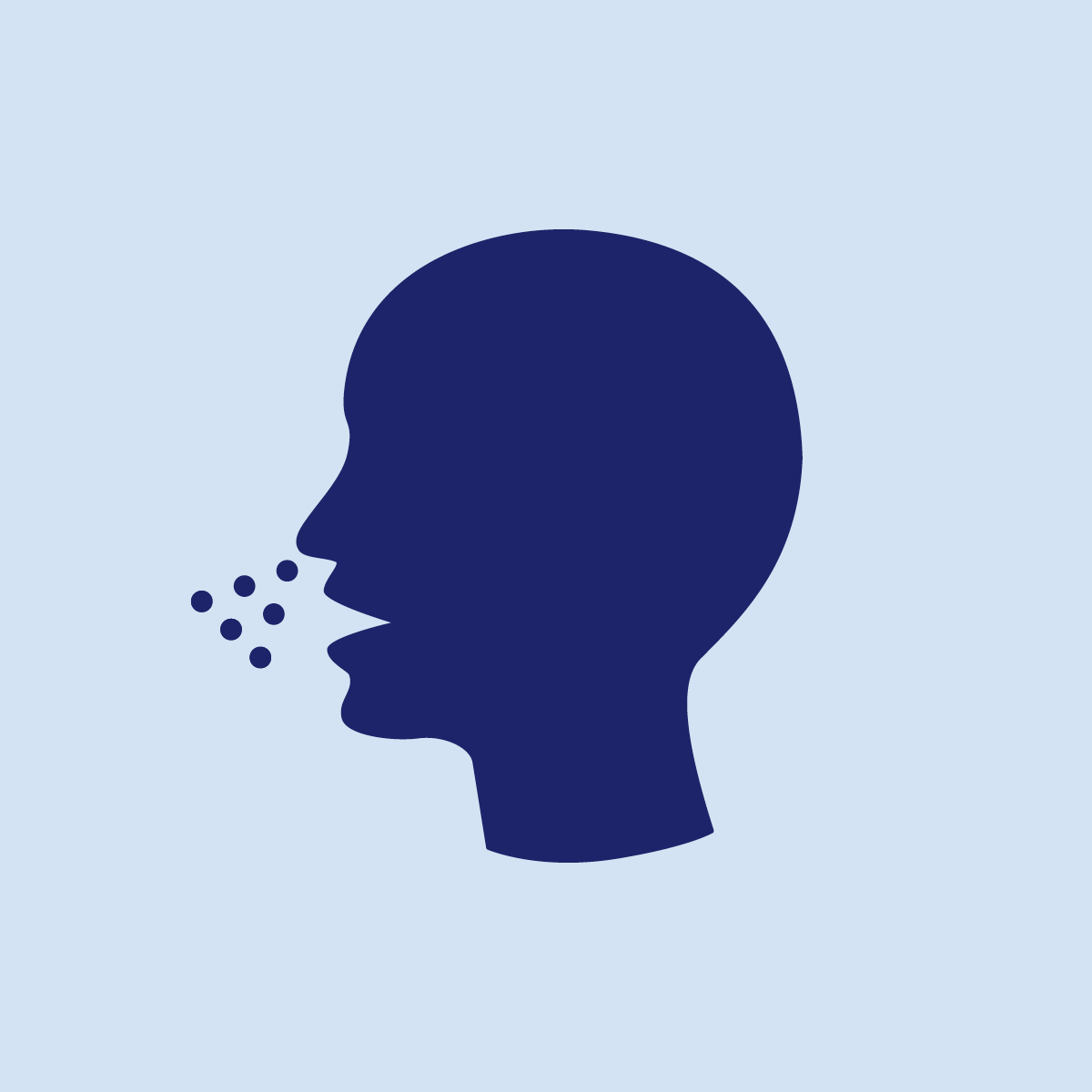
There is anecdotal evidence that loss of smell and/or taste is an early symptom of COVID-9 infection. It’s been suggested that if this happens before known symptoms including fever and a dry cough, it could be used to promote earlier testing and diagnosis, therefore limiting transmission of the virus.
Professor Miller and her team used the limited published work on this topic, clinical testimonies and estimates of the prevalence of loss of taste and smell among the general population to assess whether these symptoms are a reliable indicator of COVID-19 infection.
Second Edition (4 May 2020)
Since Professor Miller’s team first investigated this topic on 25 March there has been significant increase in evidence available including three systematic reviews.
The weight of new evidence has seen several jurisdictions, including South Australia, include loss of taste and smell as symptoms that warrant testing for COVID-19.
DOWNLOAD
Do existing medical conditions or other factors make hospitalisation with COVID-19 more likely?

Much of the need to control the spread of COVID-19 and “flatten the curve” is to prevent hospitals, and intensive care units in particular, from being inundated with more patients than they have the resources to care for, as we have seen in other countries.
To help prepare for the possible impact on our health system, Professor Miller’s team was tasked with identifying what potentially makes people who contract COVID-19 more likely to need intensive care treatment.
The team assessed various factors including the presence and severity of symptoms, patient demographics such as age and whether they are suffering other medical conditions such as respiratory disease, diabetes or heart conditions.
DOWNLOAD
Predictors of admission to ICU (PDF 1.9 MB)
What impact could COVID-19 have on pregnancy?

Questions have been raised about possible implications COVID-19 could have for pregnant women and their babies during pregnancy, during birth and postnatally.
Professor Miller and her team collected evidence specific to COVID-19 as well as evidence from similar infections such as SARS and MERS.
They used this evidence to investigate issues including the effect on the mother and foetus during pregnancy, the impact of the virus on birth outcomes, whether the virus can be transmitted via breastmilk and the symptoms and recovery rates among newborns who contract COVID-19.
DOWNLOAD
COVID-19 and antenatal, birth and postnatal care of mother and baby (PDF 5.9 MB)
Can we reduce the risk of COVID-19 transmission in long-term care facilities?
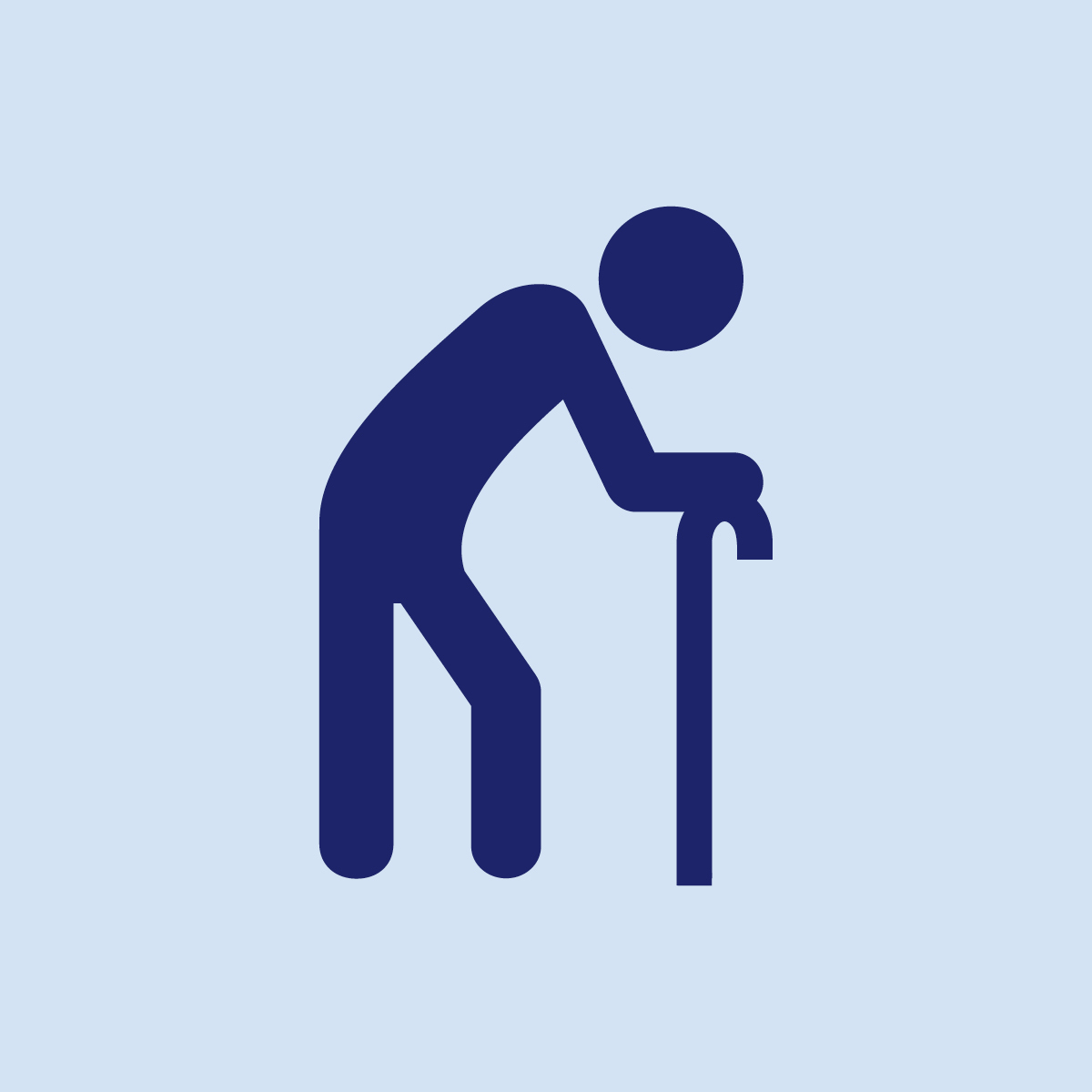
Aged care facilities present high risk of transmission in the event of a COVID-19 outbreak while the residents of these facilities are typically more vulnerable to severe impacts from the virus.
While there have been no studies addressing these issues, this Evidence Update collects the best practice guidelines available to prevent outbreak and spread. The strategies can also be applied to other institutional settings such as prisons and psychiatric facilities.
DOWNLOAD
Optimal methods of reducing spread in long term care facilities (PDF 3MB)
How do we prepare for a COVID-19 outbreak in remote communities?

Fortunately, there have as yet been no cases of COVID-19 in remote Indigenous communities in South Australia however these regions present unique challenges for managing an outbreak if it were to happen.
Professor Miller, Professor Alex Brown and their team address those challenges in this Evidence Update, including balancing the need for a rapid response and with observance of quarantine protocols designed to prevent further transmission of the virus into these areas.
Does COVID-19 impact smokers differently?
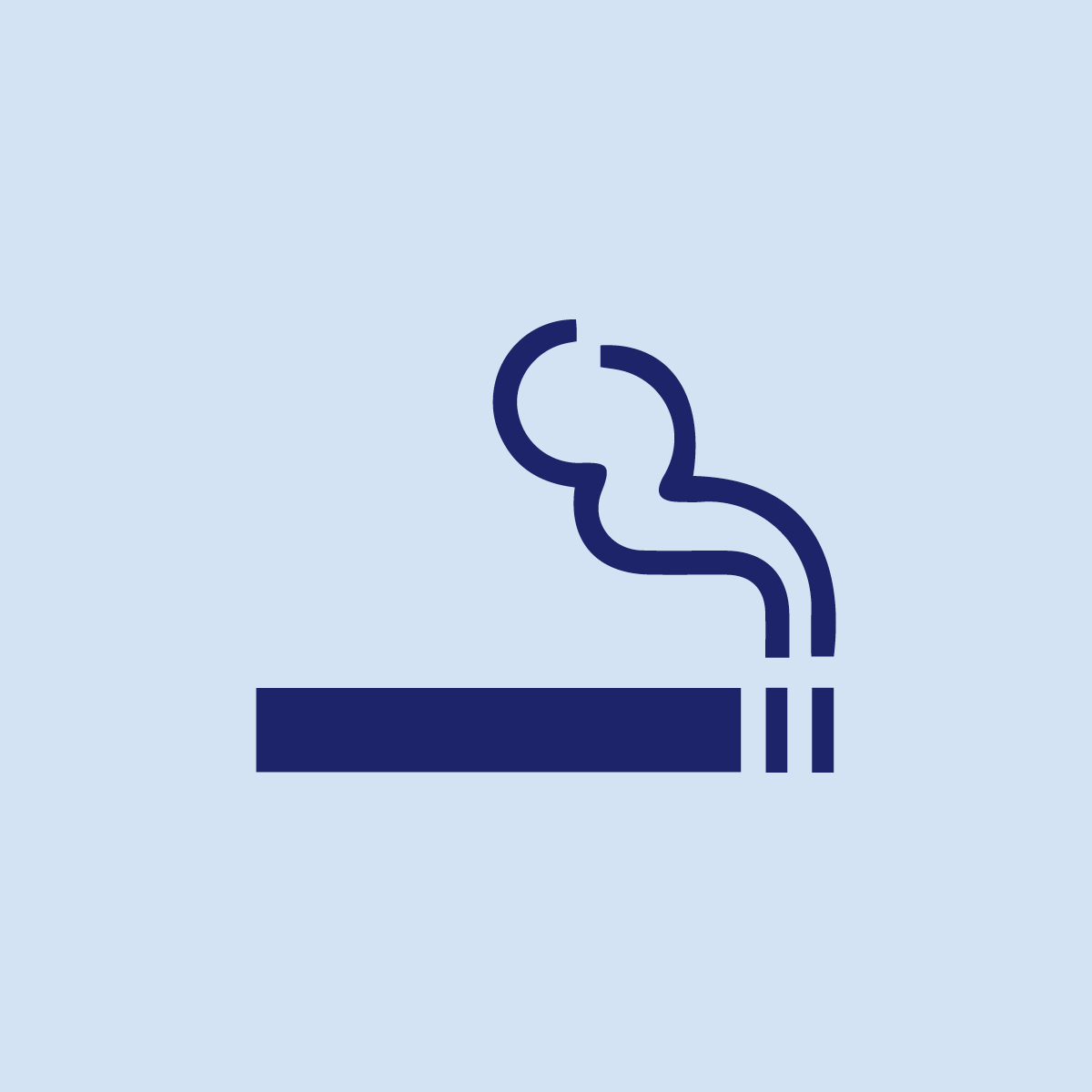
Certain demographics such as the elderly, people with weakened immune systems and those with existing medical conditions have been found to be more at risk from COVID-19 infection.
This evidence update addresses whether smokers are more susceptible to contracting COVID-19 and whether, once infected, their symptoms are worse. The team also specifically looks at issues around shisha smoking and vaping.
DOWNLOAD
COVID-19 and Smoking (PDF 630KB)
Second Edition (17 September 2020)
DOWNLOAD
COVID-19 and Smoking (PDF 679KB)
When will this be over?

South Australia’s success in suppressing COVID-19 transmission understandably has people looking ahead to when and how life can return to “normal”.
The Evidence Synthesis team investigates the “end to an epidemic” in this update – specifically using the incubation period for the virus that causes COVID-19 to advise timelines around when the virus can be considered controlled.
DOWNLOAD
End to an epidemic / 2 x incubation time rule (PDF 360KB)
Is temperature testing sensible at public facilities like hospitals, airports and schools?

Screening people for fever – a symptom of COVID-19 – has been widely discussed as a measure to help limit the spread of the virus, especially at public sites where relatively large numbers of people gather.
This evidence update weighs the costs of broad screening against the potential benefits, taking into account issues such as the predictive value of fever as a COVID-19 symptom, the effectiveness of non-contact temperature testing technology and the resources needed to conduct and respond to screening.
DOWNLOAD
Predictive value of temperature screening for COVID-19 (PDF 325KB)
Are meat packing facilities particularly conducive to spread of COVID-19?

Victoria’s largest COVID-19 cluster centred on a meat processing plant and abattoirs have been associated with scores of cases internationally, particularly in the US and Ireland.
Professor Miller and the team investigate possible explanations in this evidence update, including low temperatures on meat processing floors, close proximity of workers, multiple handling of materials and the biological nature of meat.
DOWNLOAD
Meatpacking plants and COVID-19 outbreaks (PDF 2.2MB)
How safe is domestic air travel?

With State and Federal Governments gradually easing COVID-19 restrictions, thoughts are turning to how we can safely resume “normal” activities such as domestic air travel.
This evidence update addresses the likelihood of COVID-19 being transmitted during domestic flights and potential measures that could reduce that likelihood.
DOWNLOAD
Risks of transmission of COVID-19 on plane flights (PDF 512KB)
Can a person with COVID-19 spread the disease if they don’t have any symptoms?

People who contract COVID-19 develop symptoms at different stages post-infection, while some don’t show symptoms at all.
The chances that people with COVID-19 can infect others despite showing few or no obvious symptoms is the subject of this evidence update.
DOWNLOAD
Asymptomatic and pre-symptomatic cases and transmission of SARS-COV-2 (PDF 661KB)
What precautions are needed to prevent a second wave of COVID-19?

South Australia is one of several jurisdictions fortunate to have suppressed COVID-19 to the point of virtual elimination. But with the disease still prevalent in other areas, the possibility of ‘importing’ it is ever-present.
In this update, the evidence synthesis team assesses various mechanisms that are being employed around the world to control viral spread. They also investigate the ‘outbreak threshold’ at which point an outbreak could become uncontrolled or uncontrollable.
DOWNLOAD
What precautions are needed to prevent a second wave (PDF 1MB)
Are ‘lockdowns’ effective for suppressing COVID-19 transmission

Many jurisdictions across Australia and the world have employed lockdowns of various degrees as a primary tool against the spread of COVID-19. The theory is that restricting population movement will reduce contact between people and so limit disease transmission. But does it work? What degree of ‘lockdown’ is necessary? And at what stage does it need to be enforced?
Professor Caroline Miller and her team investigate these questions and more in this Evidence Update.
DOWNLOAD
Are lockdowns effective in supressing COVID-19 (PDF 553KB)
Which countries have dealt best with COVID-19 and why?

The responses to COVID-19 have been many and varied between countries, and even between jurisdictions within countries, but there are some common factors between those who have been relatively successful.
This evidence update investigated an array of response factors including timing, border controls, lockdowns, testing, contract tracing, health system capacity and communication.
DOWNLOAD
Which countries have dealt best with COVID-19 and why? (PDF 684KB)
How do we maximise the effectiveness of contact tracing?

When a person is confirmed to have contracted COVID-19, contact tracing can determine where they got the infection from and who they might have already spread it to. It’s a crucial tool in slowing the spread of the virus but there are several factors that influence its effectiveness.
This evidence update examines the key indicators which make contact tracing effective, such as how quickly contacts must be traced, and how it is impacted by complementary strategies including technology, policy and population compliance. The update also looks at international examples of what has and hasn’t worked in different jurisdictions.
How can we safely resume public gatherings?

COVID-19 safety restrictions around hospitality, entertainment and other sizable public gatherings have been among the most contentious since the onset of the virus.
This evidence update addresses the risks posed by these activities, factors that potentially amplify these risks and strategies that have been proposed to allow some of these activities to resume safely.
DOWNLOAD
COVID-19 transmission risk in Entertainment Settings (PDF 1.2MB)
Can you catch COVID-19 from common surfaces or objects

In the 10 months since the original Evidence Update there have been a number of reviews of the evidence as well as new primary case studies, observational environmental detection studies and expert summaries.
This update takes this additional information into account while assessing the likelihood that COVID-19 can be transmitted via contact with inanimate objects.
DOWNLOAD
Fomites COVID-19 Evidence Update 23 Aug 2021 (PDF 445KB)
What is the likely impact of COVID-19 vaccination on community transmission?

People who contract COVID-19 can have severe symptoms, no symptoms at all or somewhere in between.
This evidence update investigates whether the severity of symptoms affects how infectious a person is and whether vaccination will impact the likelihood of spreading the disease.
DOWNLOAD
Symptoms, Vaccination and Infectiousness (PDF 2.7MB)
When will life get back to ‘normal’?
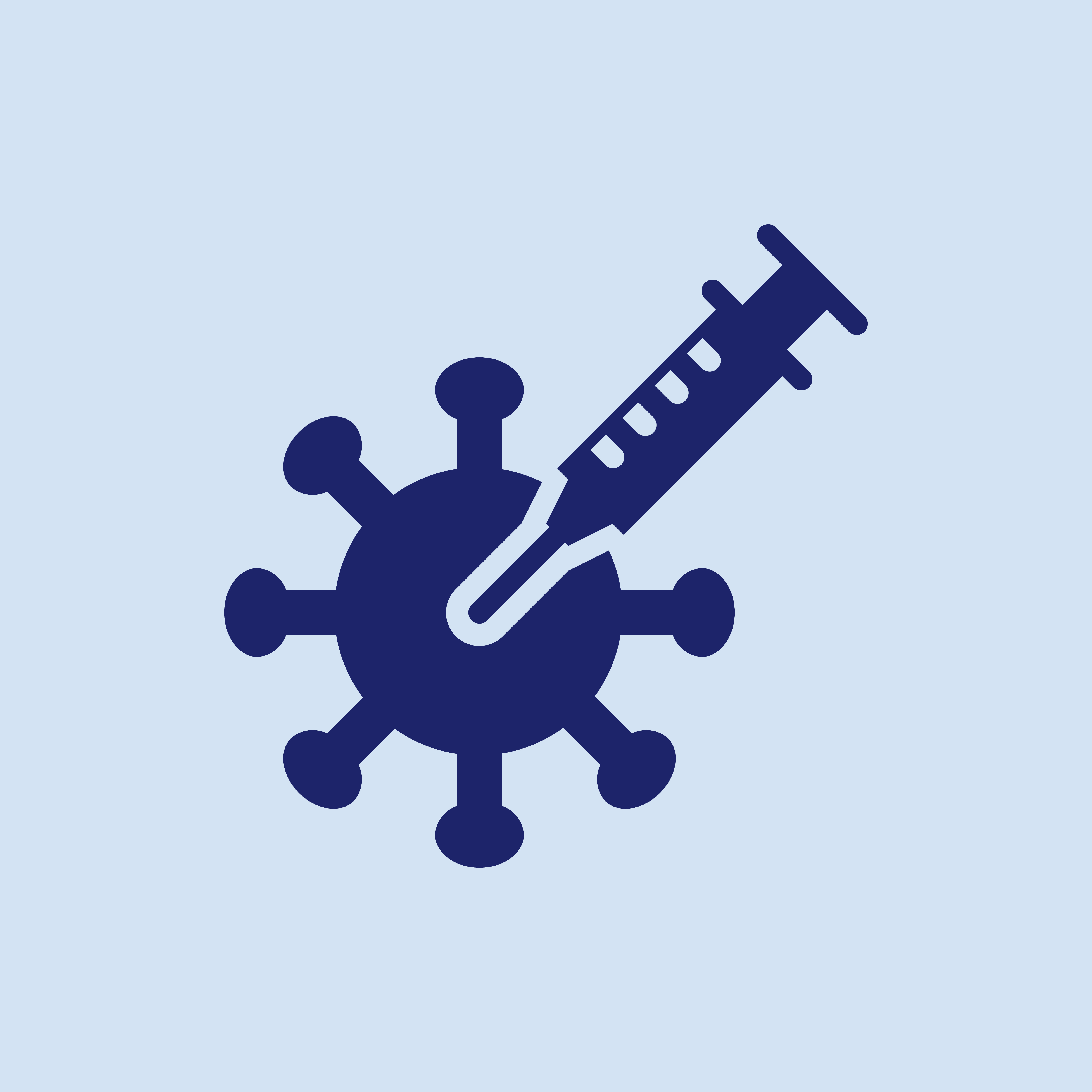
COVID-19 vaccines are being administered around the world and in Australia, with more than 300 million people already being immunised globally.
This Evidence Update addresses the real-world impact of the vaccination program and its implications for future easing social, business and travel restrictions.
DOWNLOAD
Real world impact of vaccines and implications for COVID-19 control (PDF 550KB)
How does South Australia safely welcome back international students?

A variety of considerations must be taken into account before allowing the return of international students to South Australia’s schools and universities. These include the status of COVID-19 control in the country of origin, whether the individuals have been vaccinated and the quarantine controls arrivals would be subject to.
This Evidence Update addresses these considerations and more, looking specifically at China, Hong Kong, Singapore and Vietnam.
DOWNLOAD
International Students COVID-19 Evidence Update 27 April 2021 (PDF 2.1MB)
Does wearing masks in public reduce transmission of COVID-19?

Many jurisdictions around Australia and the world have made wearing masks in public settings mandatory as COVID-19 case numbers rise.
The Evidence Synthesis team has analysed available evidence relating to the level of protection masks provide to wearers, their effectiveness in preventing spread from infected individuals and what other COVID-19 controls should be used in conjunction with mask wearing to increase effectiveness.
DOWNLOAD
Effectiveness of masks in reducing or preventing community transmission (PDF 497KB)
How long should people with COVID-19 isolate for?

People who contract COVID-19 will be required to isolate for different periods of time depending on where in the world they are living.
In this evidence review, the team examines what the science says about the decline of infectiousness after people become symptomatic.
DOWNLOAD
Infectiousness and isolation of COVID-19 positive cases (PDF 376KB)
When should I have a third 'booster' vaccination against COVID-19?

This evidence review investigates the impact of COVID-19 variants on the need for further vaccinations, and the optimal time between doses.
DOWNLOAD
Third dose vaccine scheduling for COVID-19 (PDF 259KB)
